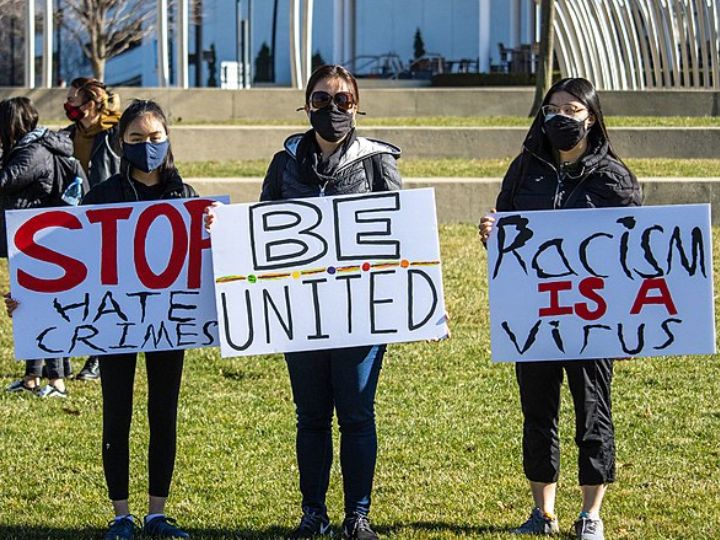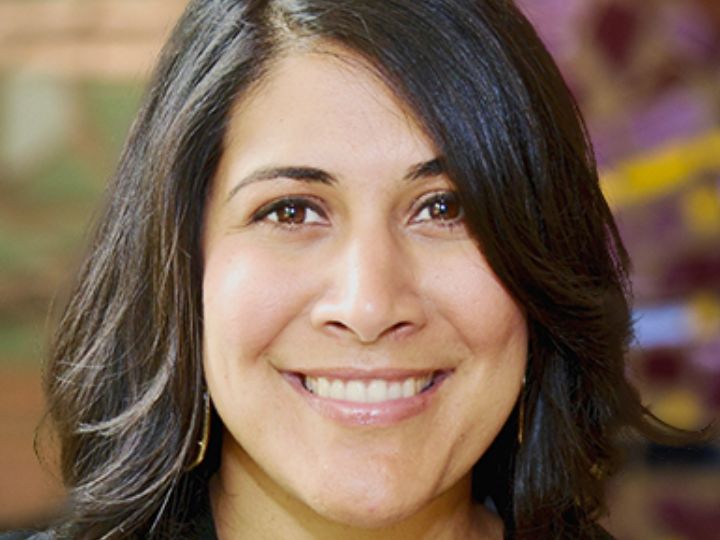

Hate crime data from the FBI is alarming. Since 2020, hate crimes have surged and continue their rancid ascent. As they continue to permeate the fabric of society, the University of Houston has been called upon by the Houston Coalition Against Hate (HCAH) to guide community-based organizations, which are on the front lines in leading communities through crisis, to come together to form a consolidated response to hate. HCAH is a network of community-based organizations, institutions and leaders who have united to reduce hate and encourage belonging.
"What I would like to see in the city of Houston, and it can begin with community-based organizations, is a collective response that demonstrates our intolerance of hate is more powerful than the intimidation that a perpetrator of a hate crime would try to propagate against an entire community," said Aabha Brown, clinical associate professor at the UH Graduate College of Social Work, whose academic review and recommendations are published in a specially commissioned Houston Coalition Against Hate report "Building Hate Crime Response Capacity in Community Based Organizations." Her team of researchers included colleagues at the UH Graduate College of Social Work, Juan Barthelemy, assistant professor and Donna Amtsberg, clinical assistant professor.
The coalition approached Brown and team to assess the response capacity of community-based organizations to hate crime. They had already published "Hate in Houston: A Study of Hate Crimes and Hate Incidents in the City of Houston," and those findings emboldened them to continue.
"We found that gaps in hate crime reporting make it difficult to accurately track the instances of hate-based violence in Houston and around the country," said Marjorie Joseph, executive director of the Houston Coalition Against Hate. "Submission of data to the FBI is voluntary and many local law enforcement agencies elect not to participate."
Taking aim at the heart of the reporting weakness came this: "Many cities in Harris County reported zero hate crimes over the 11–year period (2008–2018). This pattern of reporting does not align with findings from the National Crime Victimization Survey, which show that hate crimes are largely undercounted, thus suggesting that non-reporting of hate crimes does not automatically mean that hate crimes do not exist."
Hate crimes exist, en masse
In 2020, the FBI reported 7,759 hate crime incidents in the United States, a 6% increase from 7,314 in 2019 and the most since 2008, when 7,783 hate crime incidents were reported. Reported hate crimes targeting Black people rose to 2,755 from 1,930 the prior year, a 43% increase. The number of anti-Asian hate crimes rose from 158 to 274. Reported hate crimes targeting the Jewish community made up nearly 60% of all religion-based hate crimes.
Hate crimes are motivated, in whole or in part, by the offender's bias against a race, gender, gender identity, religion, disability, sexual orientation or ethnicity, and are committed against people, property or society. Because motivation is subjective, it is sometimes difficult to know with certainty whether a crime resulted from the offender's bias.
Brown and her research team found that the most powerful responses to hate crimes involve coordination and cooperation among community-based organizations.
"The nature of a hate crime is that one person may be targeted, but the idea behind a hate crime is to intimidate every single person who identifies with or cares for that particular group," Brown said. "If organizations could work together as a collective and share the burden of responding, it would ease the burden on individual organizations, alleviating some of the concerns that organizations individually have with regard to impacts on funding or key stakeholder relationships."
Brown's report suggests the following steps necessary for community-based organizations to respond to hate-based incidents more effectively:
- Define hate crime
- Establish a response protocol
- Train often and train everyone
- Provide vicarious trauma support
- Establish working relationships with law enforcement
- Assess response assets (physical spaces, skills, relationships and resources specific to the community-based organization)
- Create a response ecosystem
With these protocols being built, creating mechanisms for how organizations can deal with hate crimes, Joseph is hopeful.
"Assessing the landscape was the first step. Now that we have the findings, we can be proactive in doing what we can to keep our city safe and ensure we foster communities where everyone belongs. It's reassuring to know ultimately, we all want the same thing – safety and acceptance," she said.






